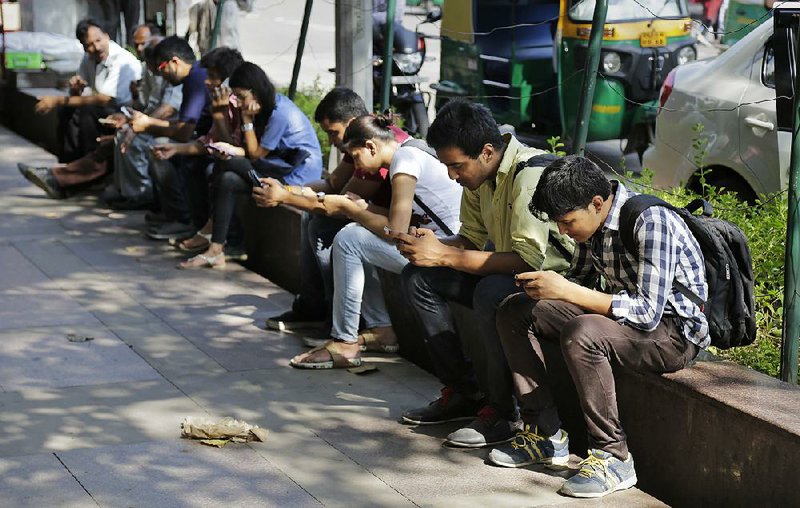World leaders will visit New York this week, America's commercial capital, for the annual United Nations General Assembly meeting. Some of them will also grace the nation's political capital, to the south.
India's prime minister has a better idea.
After meetings in New York, including one with several dozen prominent chief executive officers, Narendra Modi heads west, to the nation's venture-capital capital. There, in Silicon Valley, he is expected to visit Facebook, Google, Apple, and Tesla Motors.
The U.N. is good at setting standards and imploring nations to reach them. This week, leaders will adopt the U.N.'s Sustainable Development Goals, designed to eradicate poverty and improve living standards universally. But it's up to the nations themselves to figure out how to meet those goals. Foreign aid from Washington won't solve India's problems, either. The U.S. Agency for International Development can't float 17 percent of the earth's population.
Silicon Valley is now the place where people create things that have changed the world.
"India is emerging as a hub of startups in a wide range of areas, and we aspire to take this further," Modi said on his Facebook page Sunday, announcing the trip.
No Indian prime minister has visited California in more than 30 years. In the past two decades, "what's changed in India is a complete unleashing of consumer demand," said Anil Kakani, a former U.S. Treasury aide who is now executive director for cross-border mergers and acquisitions and tech transfer at Anand Rathi Financial Services in Mumbai. "So you've got massive amounts of unmet demand for consumer goods, for education, for health care."
That's particularly true of energy, where the nation's needs are dramatic. There are as many people in India with little or no access to electricity as there are Americans, period. Modi wants to electrify the country, and ideally do it cleanly. He has vowed that India will quadruple its renewable-energy capacity by 2022, to 175 gigawatts, including 100 gigawatts of solar power alone. He launched a program last year that would build 100 "smart cities" in India, aiming to make sure the nation's rapid urbanization doesn't lead to concentrated poverty, congestion, and waste.
The policy and investment decisions India makes now are likely to have consequences for how the rest of the globe does business. Seventy percent of the buildings and appliances that India will have in 2030 haven't been built yet, U.S. Energy Secretary Ernest Moniz told a U.S.-India energy conference in Washington. Modi's challenge is to set in place construction and manufacturing practices that don't lock in energy waste, polluted air, or ever-increasing carbon emissions.
Ambition and urgency have seeped into his administration. Modi's power minister, Piyush Goyal, met with Moniz on Monday in Washington to chart progress across the eight energy-themed diplomatic initiatives the nations agreed to pursue together in January.
"This is a person in a hurry," Moniz said.
The Modi administration wants India to become a center for research, invention, and investment. The hundreds of millions of people with little or no modern energy are unlikely to patiently wait a couple more decades before they can join the modern world, Moniz said in his remarks, paraphrasing Goyal. The country needs idea- and capital-driven revolutions in living standards.
Finance costs for renewable investment in India are often prohibitively high. Power distribution is a headache. The nation is still stuck on coal as a major energy source and has seen little incentive to give it up.
With obstacles ahead of him -- but a crop of India's promising entrepreneurs in tow -- Modi heads to Silicon Valley hoping California's successes will seed new ones in India. Moniz, who joined the Obama administration from the Massachusetts Institute of Technology, will visit the West Coast when Modi is there.
"Even though I happen to have a certain penchant for Route 128," Massachusetts's tech corridor, Moniz said, "Silicon Valley is an obvious place to go if you want to pursue the innovation agenda."
Business on 09/23/2015
